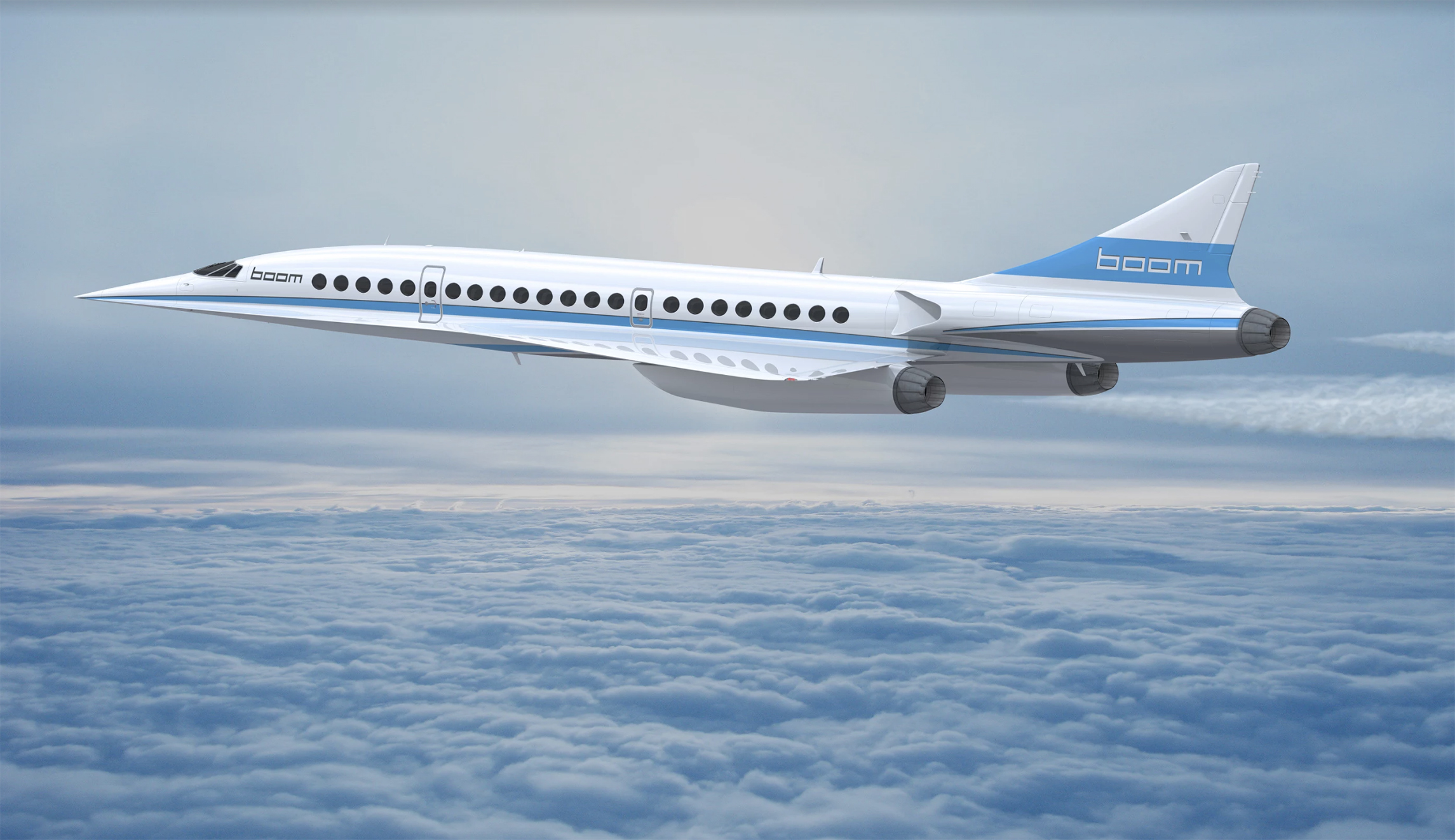Every year, the global aircraft industry gathers in Paris. It’s a chance to network, discuss new technologies, and make big purchases.
United States manufacturers were the stars of this week’s show. They gave us a pathway to creating hundreds of thousands of new manufacturing jobs in the U.S.
On the military front, Lockheed Martin impressed attendees with an F-35 fighter jet display. Following cost overruns and other problems, the F-35 needed to put on a good show. Put simply, prospective purchasers wanted assurance that buying F-35s wouldn’t be an expensive waste of their money.
In Monday’s display, they got that confidence booster. After all its problems, the F-35 performed exceptionally. It illustrated high-end maneuvering and versatility in rapid speed transitions. Those characteristics give investors confidence that the F-35’s dogfighting (close in combat) and close air support (supporting troops on the ground) capabilities are up to par. And for F-35 investors, par is “better than any other fighter on Earth”.
The display seems to have paid off. According to Reuters, Lockheed is now close to signing $37 billion in F-35 purchase deals with 11 different nations. That’s good news for thousands of U.S. workers who work in the F-35 production line. But it’s also good news for U.S. security. As I’ve noted, for all its delays and struggles, the F-35 affords confidence of air superiority in a prospective conflict with China or Russia.
Still, Lockheed wasn’t the only U.S. winner in Paris.
Boeing also won big. Upgrading its latest market forecast, Boeing predicted more than 41,000 new aircraft orders over the next 20 years. If that holds true, it will be worth more than $6 trillion to the U.S. company. The market reflects this: Boeing’s stock has risen 8 points in the last week.
Then there’s Boom. A U.S. start-up, Boom shook up Paris by announcing that it will build a new high-speed passenger aircraft. It has already conducted preliminary testing and accepted 76 orders. Yet Boom’s real relevance here isn’t its business deals. Rather, it’s the example that Boom offers to other U.S. companies.
Flying at 1,451 miles per hour, Boom’s aircraft will be 2.5 times faster than standard passenger jets. That means a New York to London trip will go quicker than 3.5 hours!

But unlike Concorde, and this is the key point, Boom’s fuel-cost basis will allow airliners to make a profit by offering round-trip seats at around $5,000. That’s far cheaper than Concorde, which offered round-trip tickets for roughly $16,000 in today’s dollars.
Boom threatens to revolutionize business class travel across the Atlantic. And in doing so, this small U.S. company is forcing airliners to buy its product. If they don’t, they know they risk going out of business.
All of this is good news for the U.S.
Paris proves that the U.S. remains the world’s greatest source of economic dynamism in high-value goods. But Paris also means we must double down on our strengths. As I’ve explained, the U.S. can rebuild a thriving manufacturing sector, but only if we focus on high-value goods. The alternative (protectionist policies) would drag the economy back to lower-value goods production (t-shirts made in the U.S. versus China or Vietnam). And that would hurt the poorest the most.
There’s a better course. Aiming high, many sustainable jobs are within our reach.

